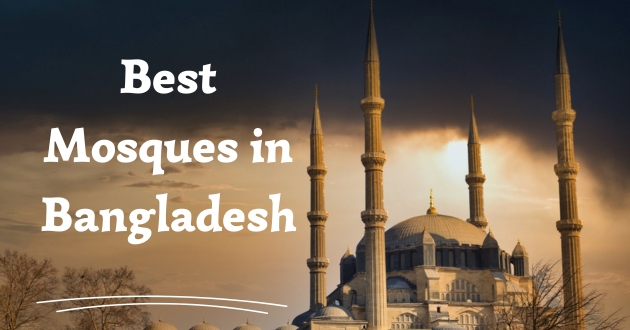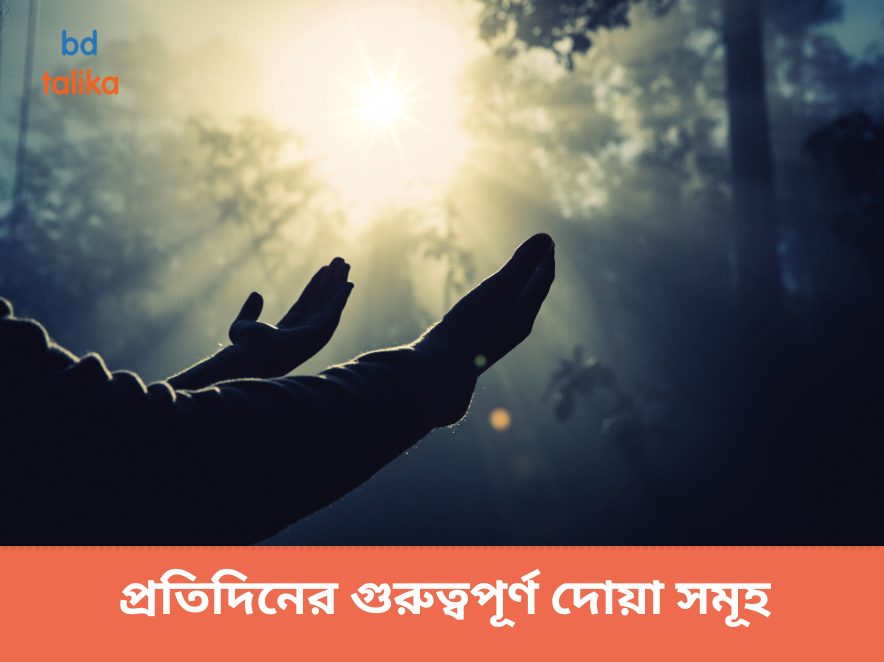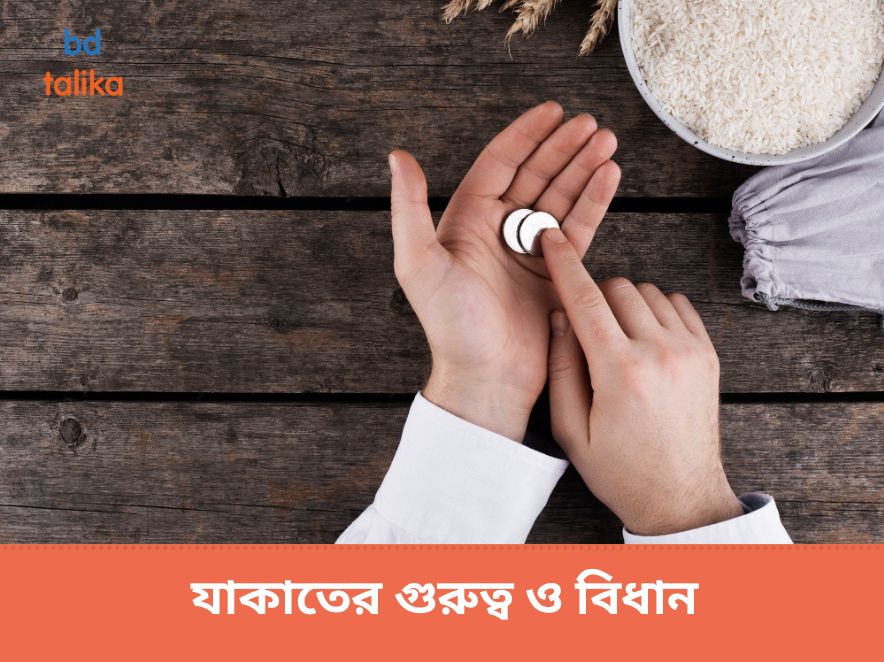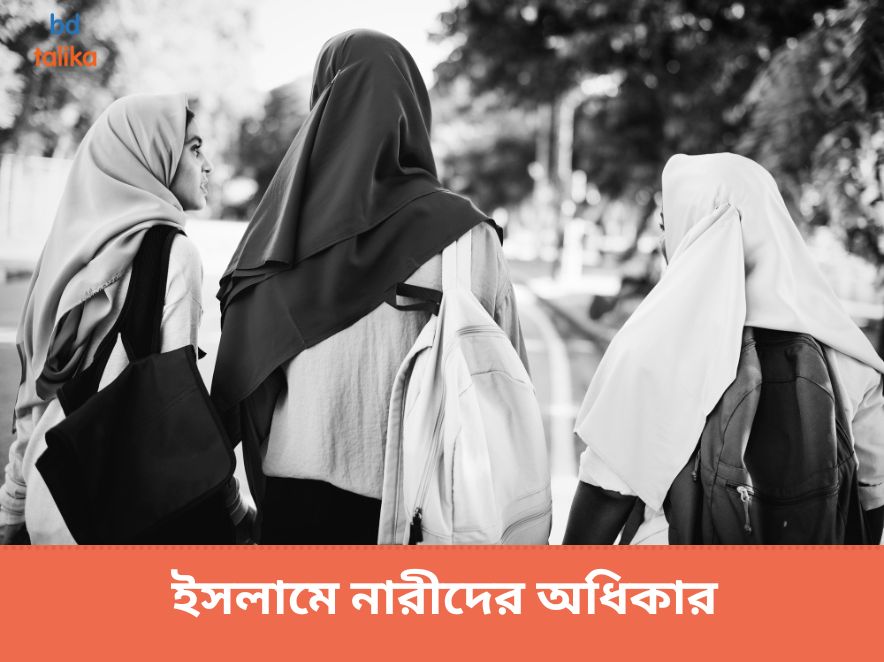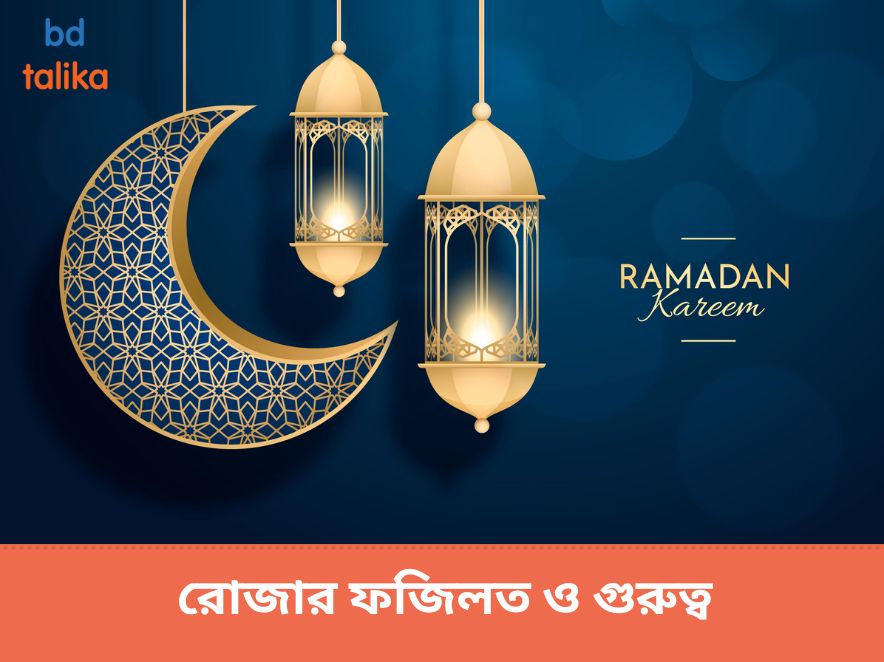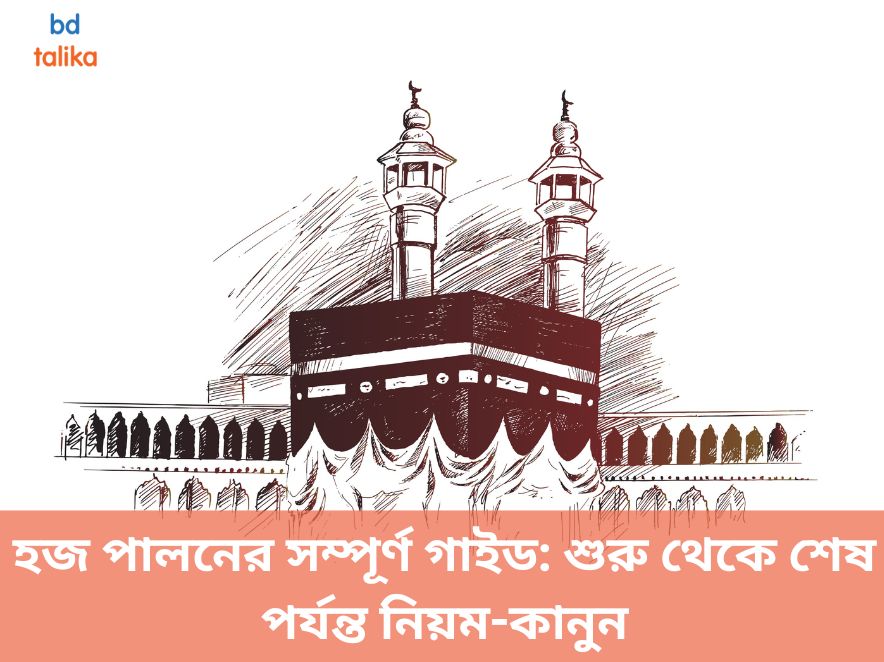Introduction:
Bangladesh has many beautiful mosques that show its rich history and culture. This guide takes you to the best mosques in Bangladesh, where you will see amazing designs, learn about their history, and feel their spiritual importance.
Baitul Mukarram National Mosque, Dhaka:
Baitul Mukarram National Mosque is the largest mosque in Bangladesh and can hold tens of thousands of worshippers. This important mosque is not only a place for prayer but also a symbol of national pride.
Information:
- Established Year: 1968
- Established By: Maulana Abdul Hamid Khan Bhashani (Spearheaded by the Islamic Foundation of Bangladesh)
- Capacity: Approximately 30,000 worshippers
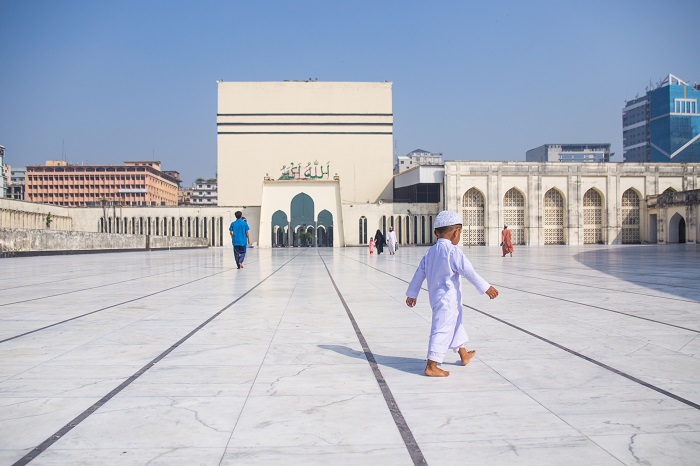
Know more about Baitul Mukarram
Sixty Dome Mosque (Shat Gombuj Masjid), Bagerhat:
The Sixty Dome Mosque in Bagerhat is a UNESCO World Heritage Site. Built during the Bengal Sultanate, this mosque is famous for its sixty beautifully designed domes and detailed terracotta decorations.
Information:
- Established Year: 1459
- Established By: Khan Jahan Ali
- Capacity: Approximately 500 worshippers
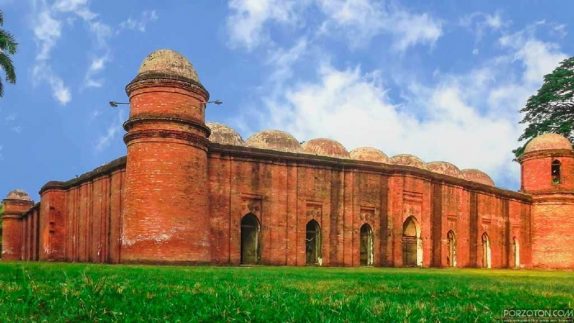
Know more about Sixty Dome Mosque
Star Mosque (Tara Masjid), Dhaka:
The Star Mosque in Old Dhaka is known for its stunning blue star mosaics. The mosque’s design mixes traditional Islamic patterns with local craftsmanship, creating a beautiful sight for visitors.
Information:
- Established Year: Early 19th century (exact year not well-documented)
- Established By: Mirza Golam Pir
- Capacity: Approximately 200 worshippers
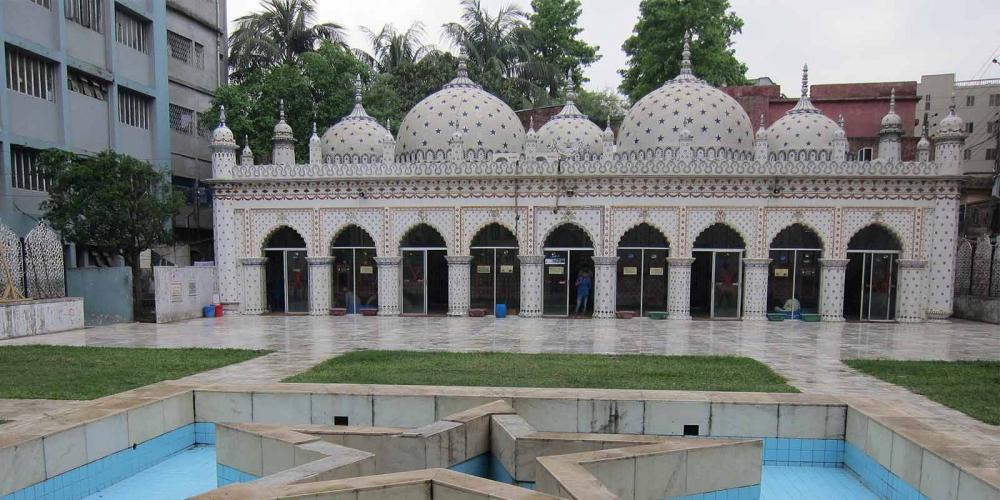
Know more about Star Mosque
Kusumba Mosque, Naogaon:
In the quiet area of Naogaon, Kusumba Mosque is a lesser-known treasure. Built in the medieval period, this mosque has detailed terracotta carvings that show scenes from daily life, stories, and Islamic history.
Information:
- Established Year: 1558-1559
- Established By: Sulaiman, a high-ranking official under the rule of the Bengal Sultanate
- Capacity: Approximately 150 worshippers
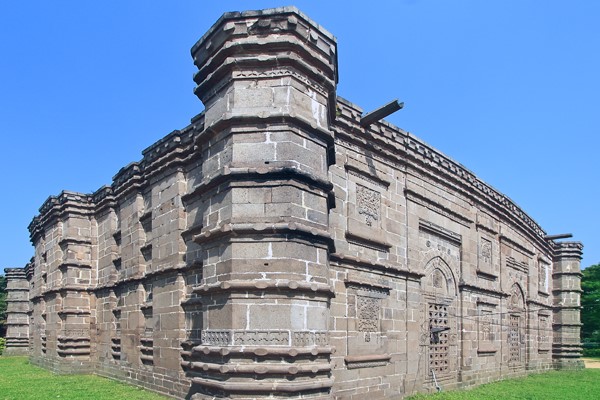
Know more about Kusumba Mosque
Shah Jalal University of Science and Technology Mosque, Sylhet:
On the campus of Shah Jalal University of Science and Technology, this mosque is a modern architectural wonder. It combines traditional Islamic design with modern elements, symbolizing religious harmony and academic excellence.
Information:
- Established Year: Not specifically documented (Contemporary establishment)
- Established By: University authority (symbolic of religious and academic excellence)
- Capacity: Approximately 1,200 worshippers
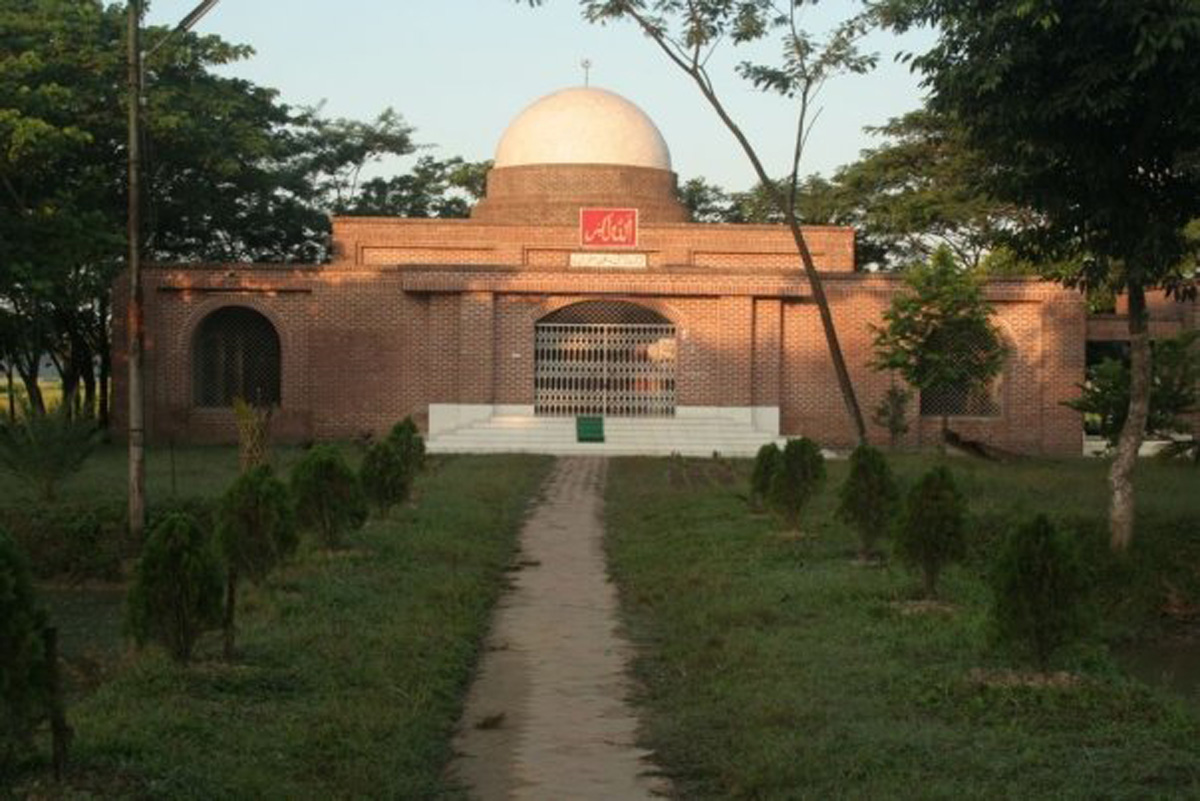
Know more about Shah Jalal University of Science and Technology Mosque
Lalbagh Fort Mosque, Dhaka:
Inside the historic Lalbagh Fort complex is a mosque that reflects Mughal-era architecture. Even though it is not completely finished, the Lalbagh Fort Mosque has detailed floral patterns and calligraphy on its walls, telling the region’s history.
Information:
- Established Year: 1678 (construction of the fort, including the mosque, was not completed)
- Established By: Prince Muhammad Azam, son of Mughal Emperor Aurangzeb
- Capacity: Approximately 200 worshippers
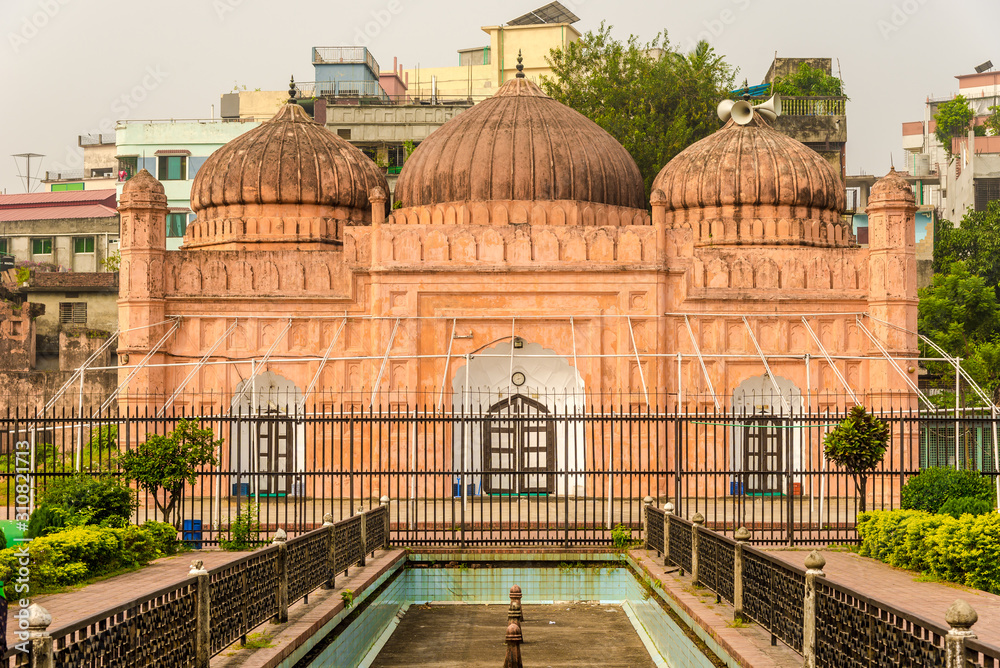
Know more about Lalbagh Fort Mosque
Bagha Mosque, Rajshahi:
The Bagha Mosque in Rajshahi, built in the early 16th century, is an archaeological treasure. Its unique square prayer hall, decorated with terracotta panels, shows the region’s cultural and religious history.
Information:
- Established Year: 1523-1524
- Established By: Sultan Nusrat Shah
- Capacity: Approximately 150 worshippers
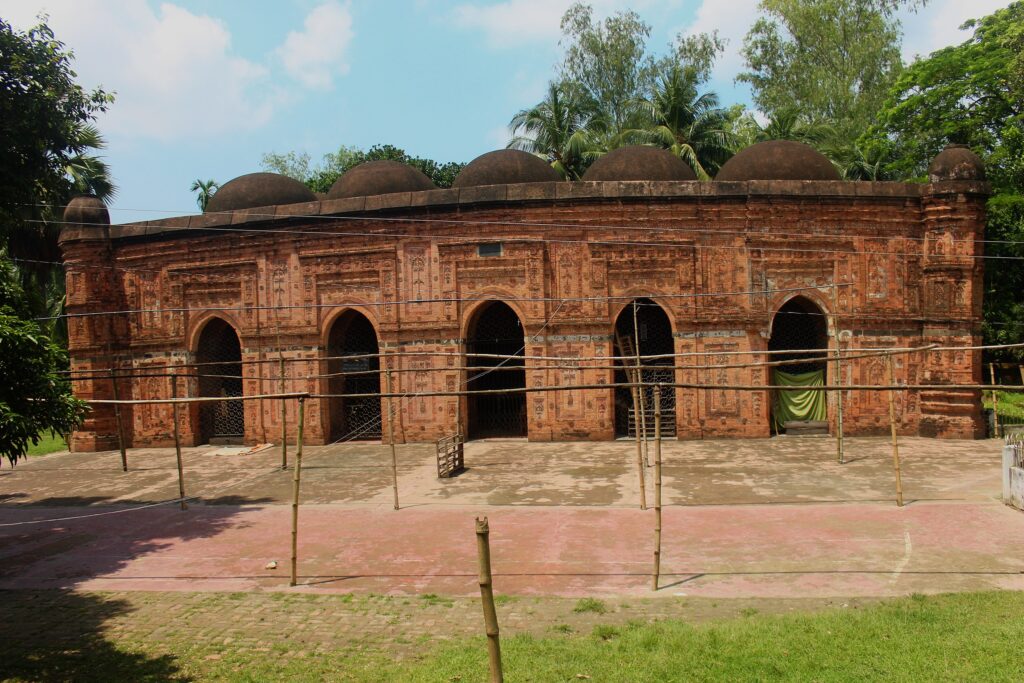
Know more about Bagha Mosque
Choto Sona Mosque, Chapai Nawabganj:
Choto Sona Mosque, also known as the Small Golden Mosque, is a historical gem located in Chapai Nawabganj.
Built during the Bengal Sultanate period in the late 15th century, this mosque is celebrated for its exquisite stone carvings and ornamental gold work that once adorned its domes.
The mosque’s intricate designs and elegant architecture make it a significant example of the rich Islamic heritage in Bangladesh.
Information:
- Established Year: Late 15th century (between 1493-1519)
- Established By: Sultan Alauddin Hussain Shah (Period of establishment)
- Capacity: Approximately 200 worshippers
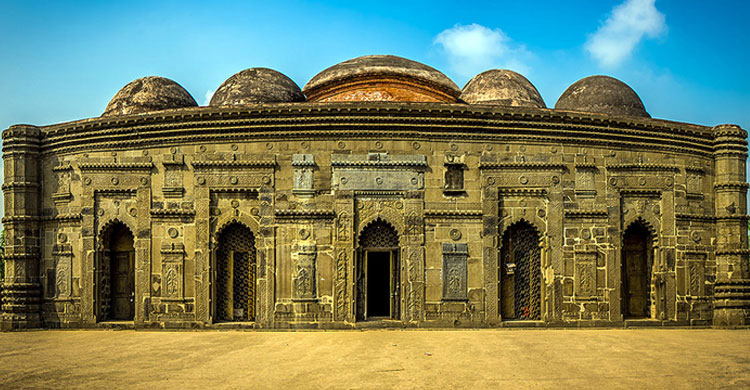
Know more about Choto Sona Mosque
Conclusions:
The best mosques in Bangladesh are more than just places to pray; they show the nation’s rich history, cultural diversity, and architectural skill.
From the grand Baitul Mukarram to the historical Lalbagh Fort Mosque, each mosque adds to the country’s spiritual and cultural story.
Exploring these mosques connects visitors to the deep roots of Bangladesh’s cultural and religious identity.
Frequently Ask Questions:
Q1: Can non-Muslims visit these mosques, and are there specific guidelines for visitors?
A: Yes, many mosques in Bangladesh welcome non-Muslim visitors. Visitors should dress modestly, take off their shoes before entering prayer areas, and be respectful during prayers. Check the mosque’s rules and visiting hours before you go.
Q2: Are there guided tours available for these mosques, providing historical and architectural insights?
A: Some mosques, especially famous ones, offer guided tours. You can ask at the mosque or nearby visitor centers about tours and any fees.
Q3: Are there specific times when mosques are particularly vibrant with activities or events?
A: Mosques are busier during special religious days, festivals, and Friday prayers. These times are great for seeing traditional practices and community events. Check local calendars for important dates.
Q4: Are there any restrictions on photography inside the mosques?
A: In most mosques, photography is allowed but it’s polite to ask for permission first. Some areas might have restrictions, so look for signs or ask someone in charge.
Q5: Are there facilities for women visitors in these mosques?
A: Yes, many mosques have separate prayer areas and facilities for women. It’s a good idea to check ahead if you need to know specific details about the facilities.
For mosque contact info please visit: bdtalika.com
